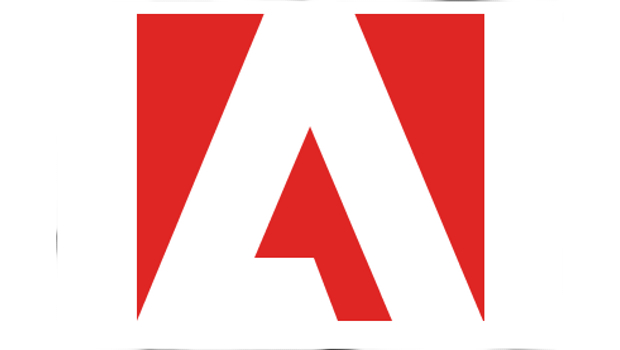Over the past five years or so, we’ve heard a lot from the likes of Adobe about how AI – or, more accurately, machine learning – will power the next generation of creative tools. And now we’re starting to see that become a reality.
At the Siggraph animation conference in Vancouver, Nvidia showed off three plugins for Photoshop and Premiere that tap into the machine-learning capabilities of its new Turing GPU architecture and Quadro RTX hardware to make the most mundane of tasks run much more smoothly – and with less manual retouch needed afterwards.
Machine learning uses the principles of the current generation of what’s called artificial intelligence to train computers and networks to recognise and manipulate data, using huge datasets and many thousands of processor hours to, for example, allow Lightroom to make increasingly accurate guesses at what’s in your photos or Photoshop to adjust facial expressions.
So far, we’ve seen many examples from Adobe of how machine learning-based tech can be used such as colourising black-and-white photos or turning quick sketches into 3D models, but most of these have stayed as tech demos only glimpsed at its Sneaks R&D show-off sessions on stage at its conferences.
Nvidia has developed a series of Premiere Pro and Photoshop plugins that extend or enhance capabilities those apps already have, and we saw demos of these on Nvidia’s stand.
The first, Super Rez, adds impressive levels of detail to both hair and foliage in a photo of wolves on a mountain-side that had its resolution upscaled from from 4K to 8K. It’s not quick – there was no progress bar or other indication of time given, but an Nvidia representative told us that it would take around 10 minutes to complete. However, the results were good enough to be used professionally – for example in a large-format poster print.
A similar plugin called Super Zoom had the same effect, but with a crop to effectively zoom in on a particular area.
Next up was InPaint, an AI-enhanced (and brush-based) version of Photoshop’s Content-Aware Fill. Again the results were slower than you’d expect in Photoshop – even running on Nvidia’s $6,300 Quadro RTX 6000 graphics card – but the results were very good indeed. The Nvidia demo artist was able to seamlessly paint out penguins on a cliff, with a roughness to the rocks the replace them that looked realistic and not obviously replicated from a nearby area.
The final plugin we saw was a slow-motion tool for Premiere Pro, which again produced results that were far better on the footage we were shown than Premiere’s built-in tools.
Sadly, Nvidia says that it has no plans to release these plugins – the company says that they’re designed to show what’s possible with the new graphics cards and Nvidia’s NGX SDK. And plugins that only work on graphics cards that cost $2,300 to $10,000 will have limited appeal, though similar tech may be used on Nvidia’s much less expensive Turing-based cards for gamers.
IDG News Service








Subscribers 0
Fans 0
Followers 0
Followers